Our beautiful ocean, with its mysteries and wonders, is under threat. As climate change, pollution, and overfishing wreak havoc on marine ecosystems, some of the most fascinating sea creatures are facing the risk of extinction. It’s a race against time to protect these species, as their disappearance could have profound impacts on biodiversity and the health of our planet. Here are 13 ocean creatures that might vanish within our lifetime, and why their survival is more critical than ever.
1. Vaquita Porpoise
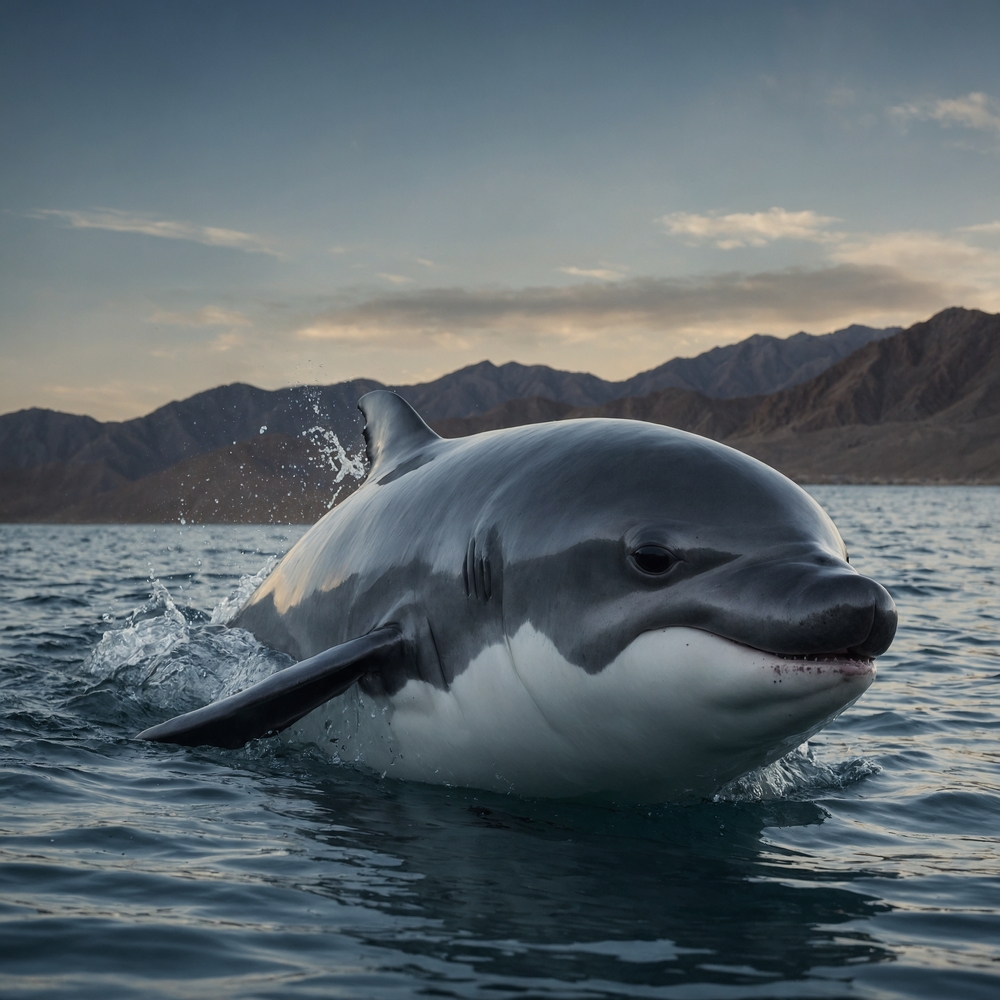
The vaquita, a small porpoise native to the northern part of the Gulf of California, is teetering on the brink of extinction. With fewer than 10 individuals left in the wild, their existence is threatened by illegal fishing practices, particularly the use of gillnets intended for catching another endangered species, the totoaba fish. The vaquita’s plight is a stark reminder of how interconnected marine life is, with the fate of one species often entwined with another. Their endangerment highlights the urgent need for stricter fishing regulations and enforcement.
According to the World Wildlife Fund, the vaquita’s population has plummeted by over 90% since 1997 due to bycatch, an unintended consequence of fishing. Conservation efforts are ongoing, with organizations pushing for a ban on gillnets in the region and promoting alternative, vaquita-safe fishing methods. Yet, without rapid and effective action, this elusive porpoise may soon become a tragic symbol of what we’ve lost. It’s a dire situation that calls for immediate international cooperation and intervention.
2. Hawksbill Turtle
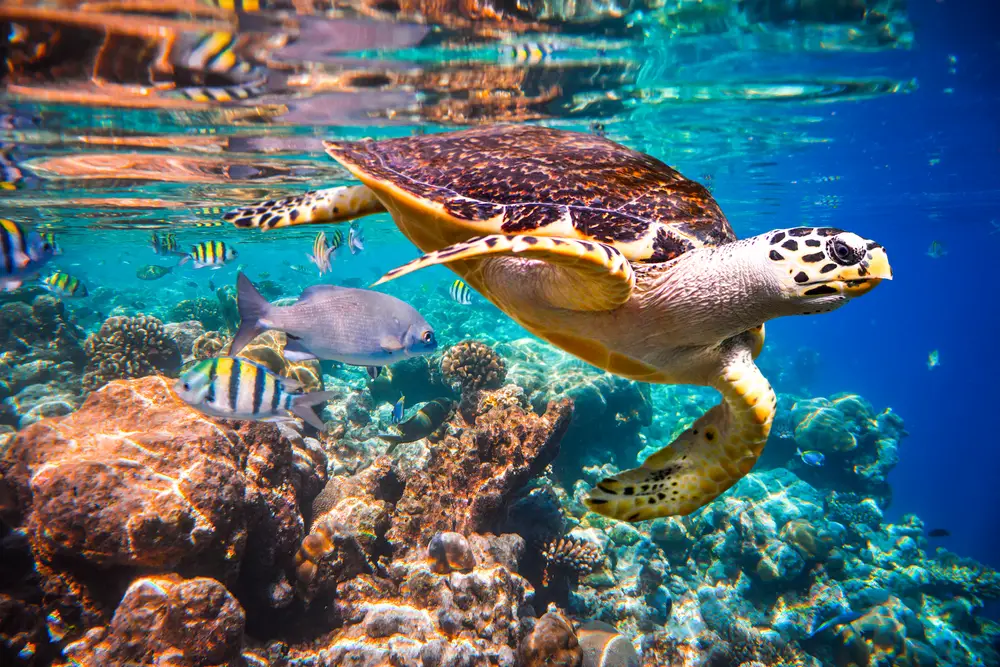
The hawksbill turtle is renowned for its stunning shell, which has, unfortunately, made it a target for illegal poaching. Found in tropical coral reefs, these turtles play a vital role in maintaining the health of coral ecosystems by controlling sponge populations. Despite international protection under CITES, illegal trade in their shells continues to threaten their survival. Habitat loss and climate change, affecting nesting sites and food availability, further complicate their struggle for survival.
As you stroll along picturesque beach resorts, it’s easy to forget the silent battle these creatures face. Conservationists are working tirelessly to protect nesting sites and curb illegal trade, but it’s an uphill battle against time and demand. The hawksbill’s decline is not just a loss of biodiversity—it’s a cultural and ecological tragedy. Their survival hinges on your awareness and support, reminding us that even the smallest actions can lead to significant change.
3. Great White Shark
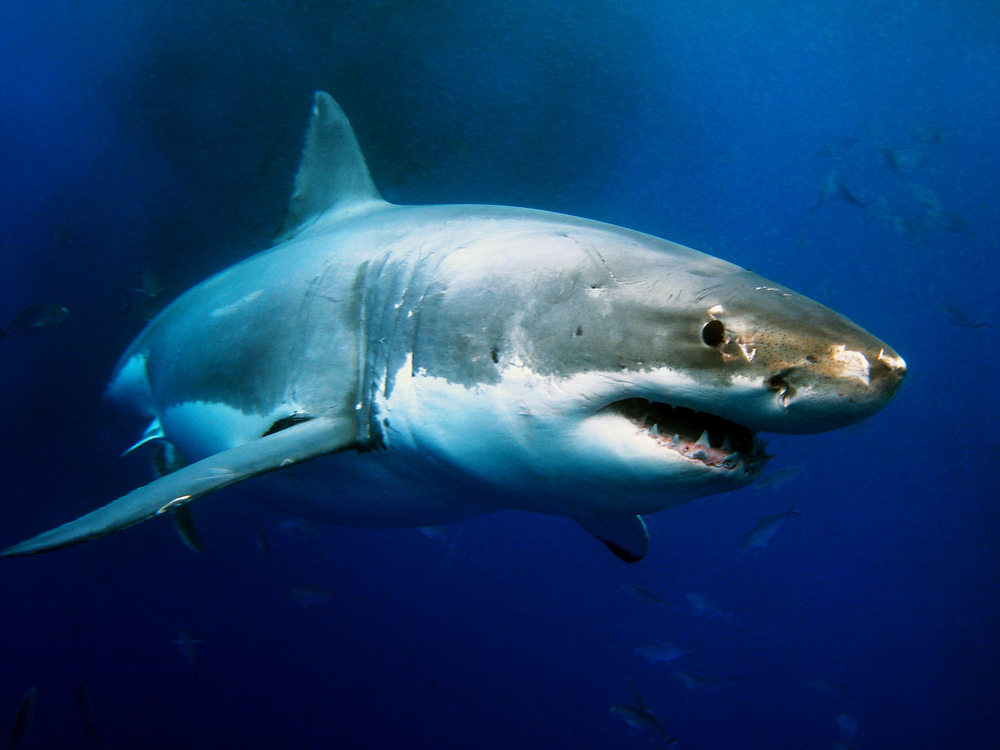
Often misunderstood and feared, the great white shark is a majestic predator crucial for oceanic health. They help maintain marine population balance by preying on weaker species and thus ensuring healthy fish stocks. However, overfishing and demand for shark fins have severely affected their numbers. Public perception of these apex predators as mindless killers further hinders conservation efforts.
A study published in the journal Marine Policy highlights the drastic decline in great white populations, citing critical gaps in shark conservation policies worldwide. Despite their fearsome reputation, they are vulnerable to the same threats as many other ocean creatures. Educating people about their ecological importance and implementing stricter fishing regulations are vital to their survival. Your understanding and advocacy can help shift perceptions and drive policy changes needed to protect these magnificent animals.
4. Blue Whale
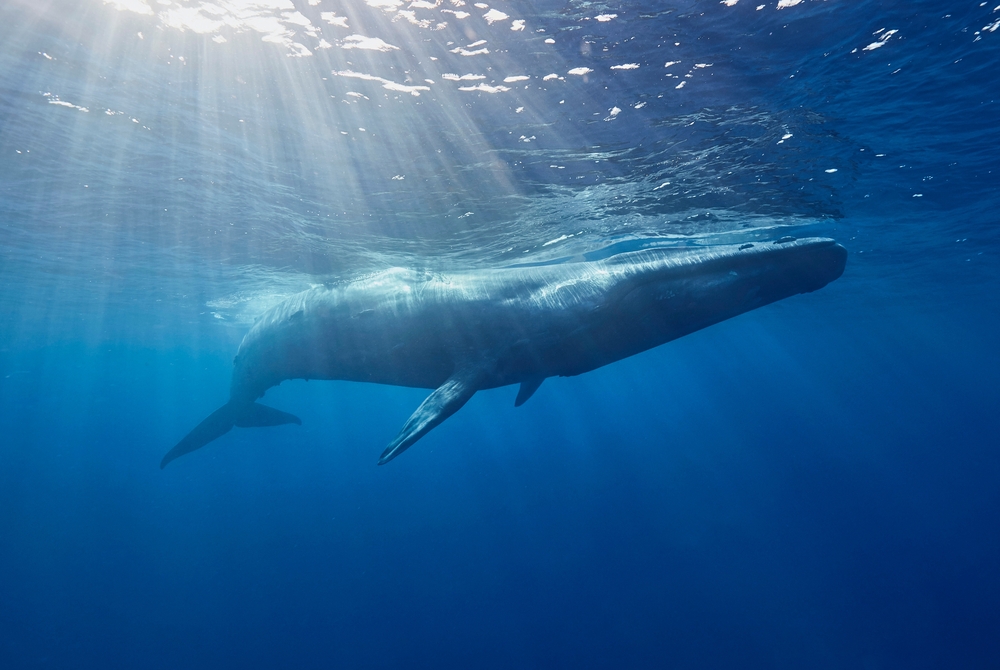
The blue whale, the largest animal to have ever existed, is an awe-inspiring sight as it glides through the ocean. These gentle giants were driven to the brink of extinction by commercial whaling in the 20th century. Though international bans on whaling have allowed their numbers to slowly recover, they still face threats from ship strikes, pollution, and climate change. The warming oceans impact their primary food source, krill, posing a significant risk to their long-term survival.
Imagining a world without the haunting song of a blue whale is to imagine an ocean devoid of one of its most iconic inhabitants. Conservation efforts focus on minimizing ship strikes and reducing ocean noise pollution to create safer habitats for these whales. Protecting the blue whale is not just about preserving a species but maintaining the balance of our marine ecosystems. Your voice in supporting marine conservation laws can keep these oceanic titans from fading into history.
5. Coral Reefs
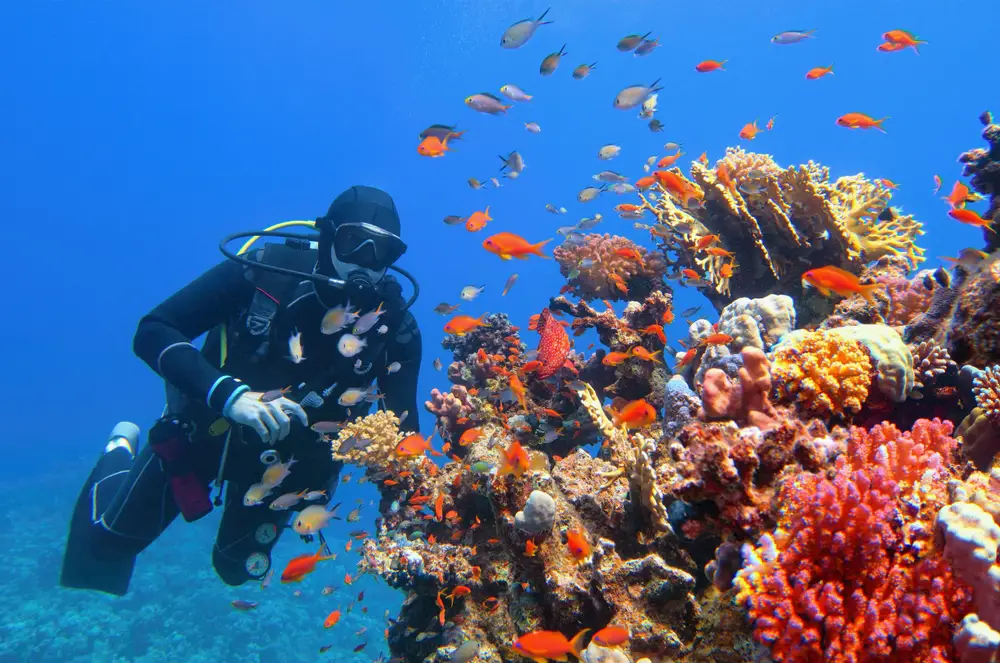
Coral reefs, often dubbed the “rainforests of the sea,” are vibrant ecosystems that support a quarter of all marine species. These underwater structures are formed by colonies of coral polyps and are incredibly sensitive to changes in temperature, acidity, and pollution. Rising sea temperatures, ocean acidification, and destructive fishing practices have led to widespread coral bleaching and habitat loss. Without immediate action, coral reefs could vanish entirely within the next few decades.
According to research published in Nature Climate Change, up to 90% of coral reefs could be gone by 2050 if current trends continue. This loss would not only mean the disappearance of one of the earth’s most diverse habitats but also a significant impact on the livelihoods of millions who depend on them for food and tourism. Efforts to combat this include establishing marine protected areas and reducing carbon emissions globally. Your choices, from reducing carbon footprints to supporting sustainable seafood, play a crucial role in preserving these spectacular ecosystems.
6. Green Sea Turtle
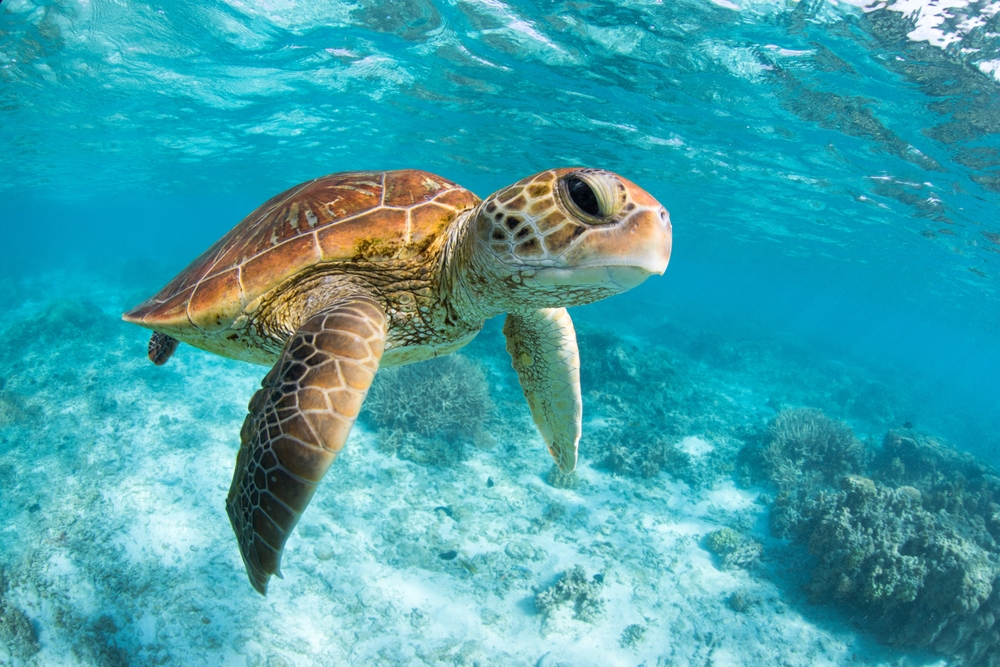
The green sea turtle is often spotted in tropical and subtropical waters, where it feeds on seagrasses and algae. These turtles are vital for the health of seagrass beds, which are crucial feeding grounds for many marine species. Sadly, they face multiple threats, including habitat degradation, poaching for their eggs, and accidental capture in fishing gear. Climate change also disrupts nesting sites, affecting hatchling sex ratios and survival rates.
Swimming alongside a green sea turtle can be a transformative experience, yet such encounters are becoming increasingly rare. Conservation programs are working to protect nesting beaches and reduce bycatch through modified fishing techniques. Public education and community involvement are key to ensuring these ancient mariners continue to grace our oceans. By advocating for sustainable fishing practices and supporting beach conservation efforts, you help secure a future for these gentle ocean wanderers.
7. Antarctic Krill
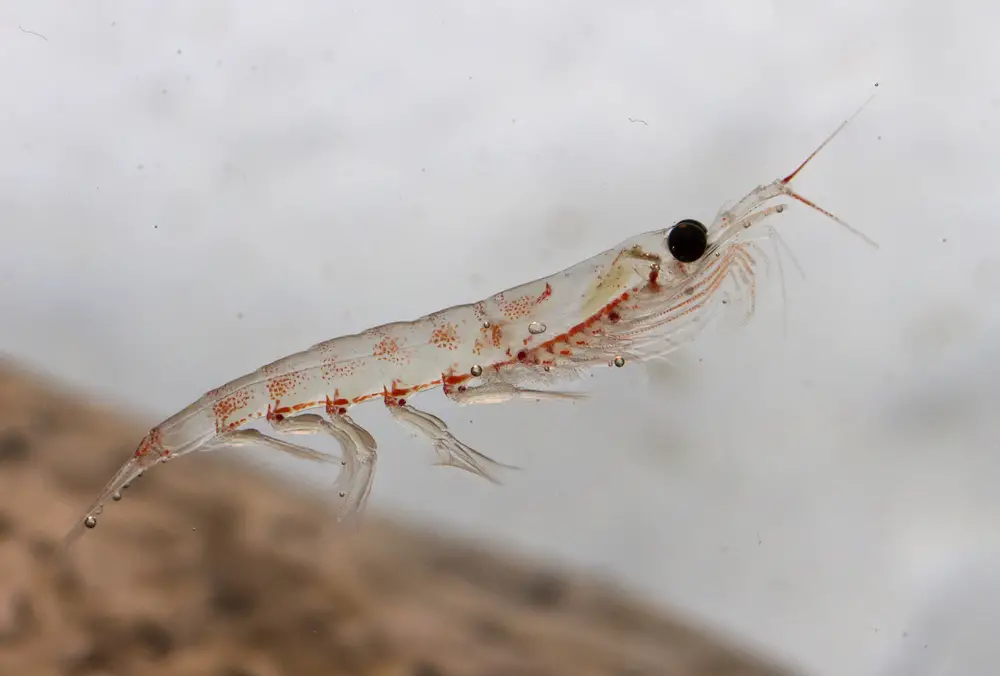
Tiny yet mighty, Antarctic krill are pivotal to the Southern Ocean’s food web, serving as the primary diet for many species, including whales, seals, and penguins. Despite their small size, the demand for krill oil and fishmeal has led to increased harvesting, threatening this crucial species. Krill populations are also affected by climate change, as warming waters reduce the ice cover essential for their lifecycle. This has far-reaching implications for the entire Antarctic ecosystem.
A study in Frontiers in Marine Science calls attention to the urgent need for sustainable krill fisheries management to prevent ecosystem collapse. The decline in krill directly impacts species that rely on them as a food source, illustrating the delicate balance of ocean life. Supporting sustainable krill harvesting practices and acknowledging its importance in marine food webs can help avert a crisis. Your informed choices as a consumer can drive the demand for responsible seafood sourcing, safeguarding the future of these essential crustaceans.
8. Beluga Whale
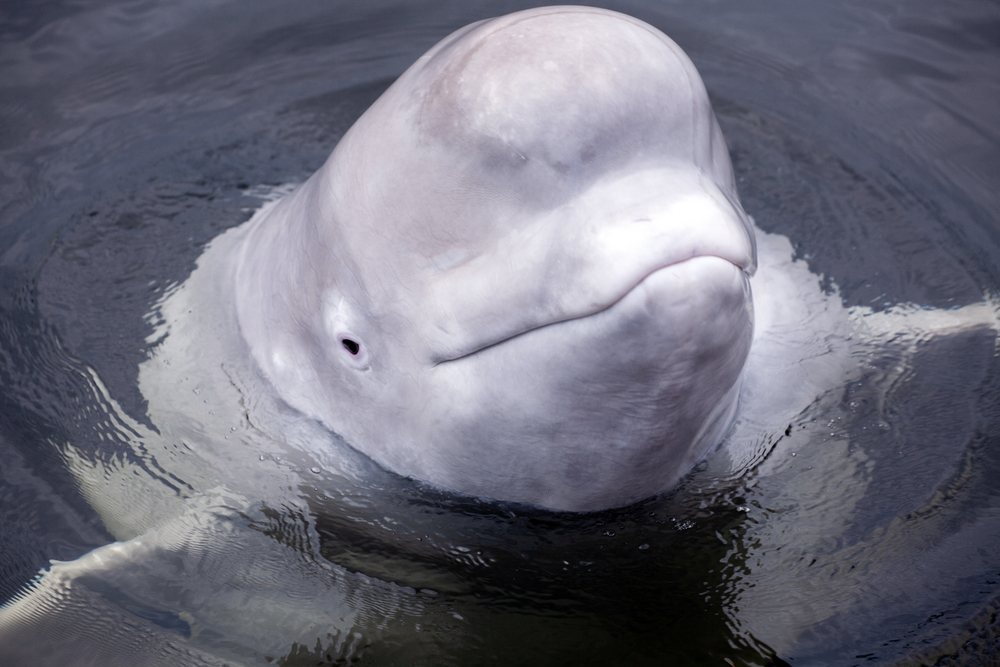
The beluga whale, known for its distinctive white color and vocal nature, inhabits the icy waters of the Arctic and sub-Arctic regions. These social creatures are highly adaptable but face threats from climate change, pollution, and habitat encroachment. As sea ice diminishes, belugas are forced to navigate increasingly treacherous waters, heightening their risk of ship strikes and exposure to oil spills. Furthermore, increased human activity in these regions disrupts their natural behavior and communication.
Spotting a beluga in the wild is a breathtaking experience, yet their survival is increasingly precarious. Conservationists are advocating for stricter regulations on Arctic shipping and oil exploration to protect beluga habitats. International cooperation and research are vital to understanding and mitigating the impacts of environmental changes on these whales. By raising awareness and supporting Arctic conservation policies, you contribute to the preservation of these enchanting marine mammals.
9. Manta Ray
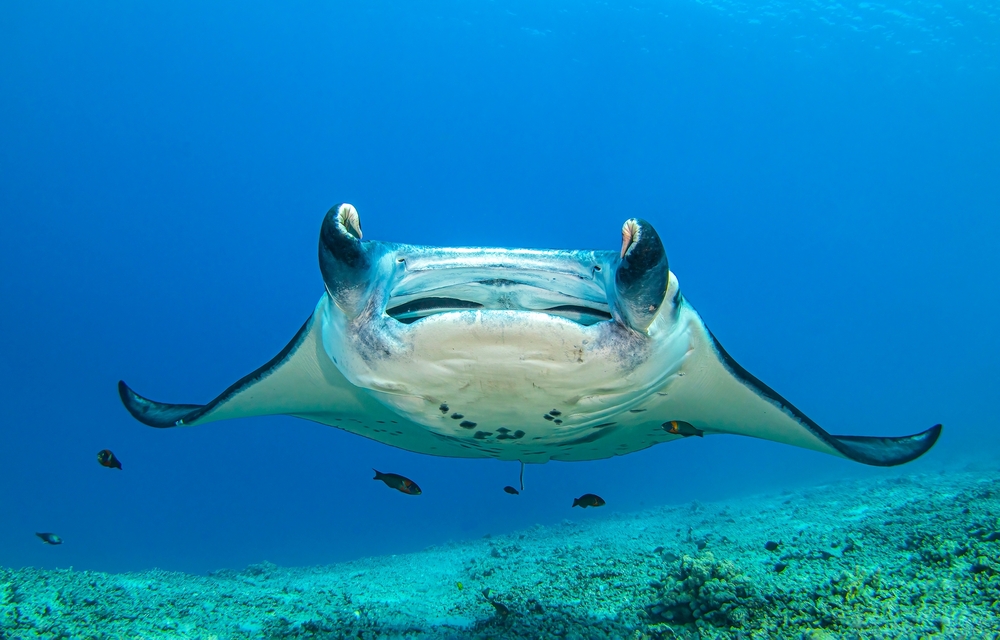
Graceful and mysterious, manta rays glide through the ocean with an elegance that captivates divers and ocean enthusiasts alike. These large rays are filter feeders, playing a critical role in marine ecosystems by maintaining the balance of plankton populations. However, they are threatened by targeted fishing and bycatch, as well as habitat loss and climate change. Manta rays are often hunted for their gill plates, which are erroneously believed to have medicinal properties in some cultures.
Witnessing a manta ray’s ballet-like movements underwater is an unforgettable experience, yet it’s one that future generations may never have. Conservation efforts focus on establishing marine protected areas and educating communities about the ecological importance of manta rays. By supporting these efforts and advocating against the unregulated trade in manta ray parts, you help ensure their continued presence in our oceans. Protecting manta rays is about preserving the awe and wonder they inspire across generations.
10. Leatherback Sea Turtle
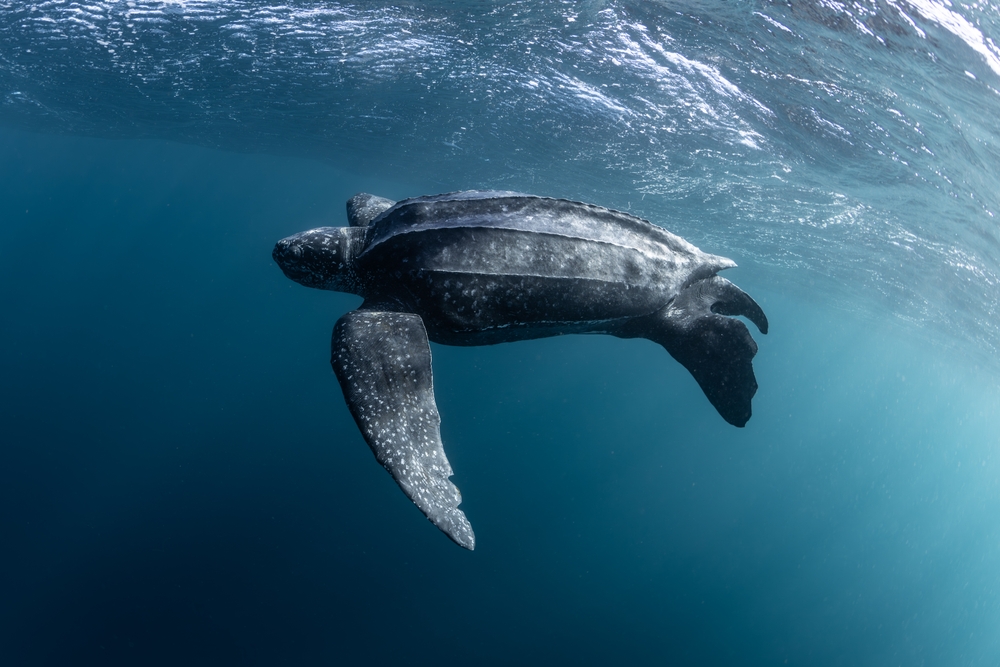
The leatherback sea turtle, the largest of all living turtles, has roamed the oceans for over 100 million years. Their unique, leathery shell distinguishes them from other sea turtles, and they play a significant role in marine ecosystems by controlling jellyfish populations. Despite their ancient lineage, leatherbacks are facing modern threats, including bycatch, coastal development, and climate change. Rising temperatures affect nesting sites and skew hatchling sex ratios, further endangering the species.
Encountering a leatherback turtle in the wild is like stepping into a prehistoric world, a reminder of the earth’s deep history and the myriad life forms that have graced it. Conservationists are working to protect nesting sites and reduce bycatch through innovative fishing gear and techniques. Public support for these initiatives is crucial in reversing the decline of leatherback populations. By championing sea turtle conservation and sustainable coastal development, you help ensure these giants of the sea continue to thrive.
11. Whale Shark
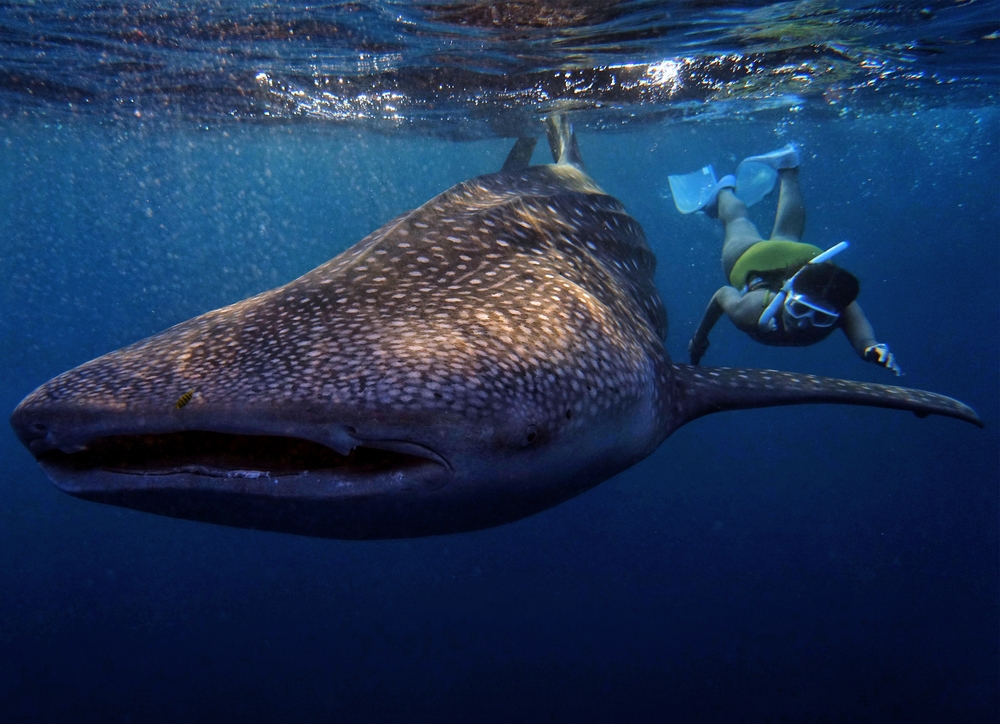
The whale shark, despite being the largest fish in the sea, is a gentle giant that feeds primarily on plankton. These filter feeders are found in tropical and warm temperate oceans and are vital to maintaining the health of marine ecosystems. However, their numbers are dwindling due to overfishing, bycatch, and habitat degradation. The whale shark’s slow reproduction rate makes them particularly vulnerable to these threats.
Swimming alongside a whale shark is a serene experience, one that underscores the importance of preserving such majestic creatures. Efforts to protect whale sharks focus on regulating fishing practices and creating marine protected areas to ensure their habitats remain intact. Educating people about the ecological role of whale sharks is key to fostering conservation efforts. By supporting sustainable tourism and fishing practices, you play a part in safeguarding the future of these magnificent ocean travelers.
12. Canary Rockfish
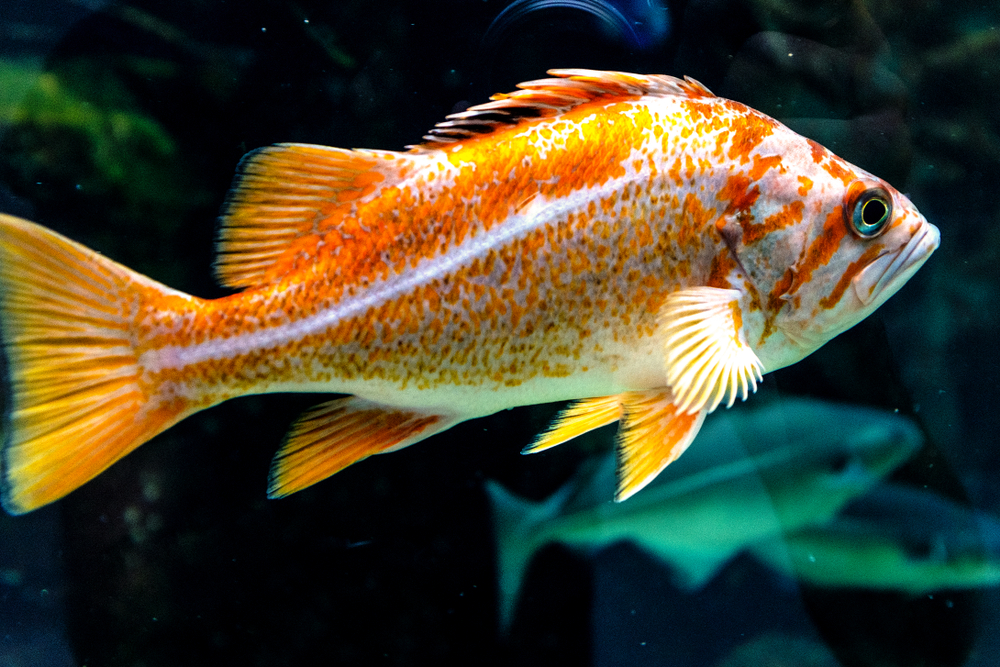
Once abundant along the Pacific Coast, the canary rockfish is now a species in recovery after decades of overfishing. They are a crucial part of the marine food web, serving as prey for larger fish and marine mammals. The collapse of their population led to significant changes in marine ecosystems, prompting the implementation of strict fishing quotas and habitat protection measures. While their numbers are slowly rebounding, they remain a symbol of the delicate balance in ocean ecosystems.
Seeing canary rockfish thrive again reinforces the power of effective conservation practices and the resilience of nature when given a chance. Continued vigilance is necessary to ensure their recovery, as threats from climate change and habitat loss still loom. Supporting sustainable fishing practices and marine protected areas is vital to their continued resurgence. By valuing and advocating for ocean conservation, you help create a world where species like the canary rockfish can flourish.
13. Narwhal
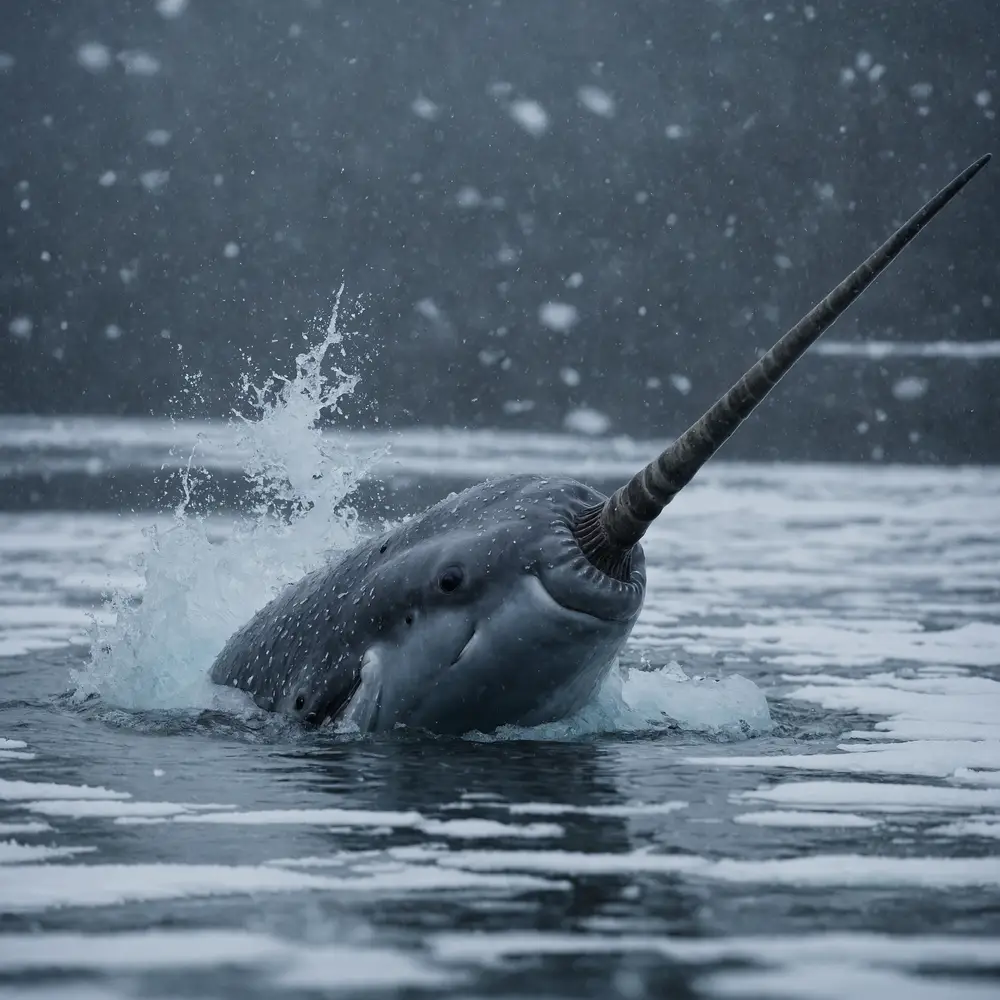
The narwhal, often dubbed the “unicorn of the sea” due to their long, spiraled tusk, inhabits the Arctic’s frigid waters. These elusive creatures are uniquely adapted to their icy environment but face threats from climate change and increased human activity. Melting sea ice and industrialization in the Arctic are disrupting their migratory patterns and increasing their exposure to predators and hunters. Narwhals are also highly sensitive to underwater noise pollution, which affects their ability to communicate and navigate.
Imagining a sea without the enigmatic narwhal is akin to losing a piece of oceanic folklore. Conservation efforts are focused on protecting their habitats and minimizing human disturbances in the Arctic. International cooperation is essential to understanding and mitigating the impacts of a changing climate on narwhal populations. By raising awareness and supporting Arctic preservation initiatives, you help protect the mystical allure of these extraordinary creatures.
